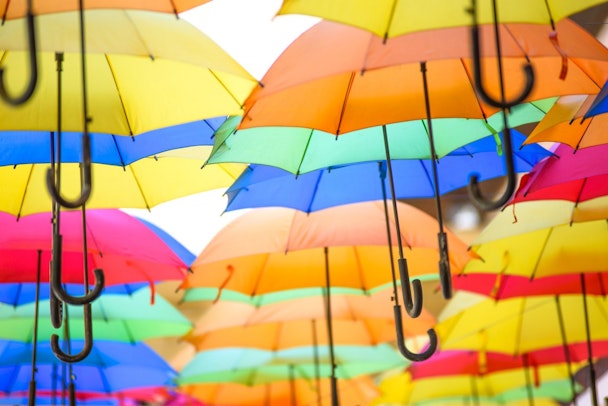Agency diversity creeps up, but just 13% of staff are BAME and c-suites still lack women
When it comes to increasing diversity within their walls, UK advertising agencies achieved modest improvements in 2017, but both women and individuals from Black Asian Minority Ethnic (BAME) backgrounds are still significantly underrepresented, particularly when it comes to c-suite roles.

In creative agencies, just 30.4% c-suite roles are occupied by women / Pixabay
According to the IPA’s annual Diversity Study, which outlines the gender and salary split of individuals within agencies by seniority as well as showing the percentage of BAME employees in agencies, there is still work to be done.
The research dovetails a rocky year for diversity in ad land with agencies being forced to reiterate their policies around sexual misconduct in the wake of Hollywood's Harvey Weinstein scandal.
In addition to this brands like HP imposed diversity quotas on their agency partners to foster parity, while the Advertising Standards Authority (ASA) announced it was to introduce guidelines to clampdown on gender stereotypes, which some have suggested will force agencies to look inwards and assess their own teams.
Despite more discussion around the topic around only 13% of agency staff in the UK come from a non-white background and the number of women appointed to c-suite roles at creative agencies has faced a slow-down.
Gender diversity
In line with last year’s findings, there is an almost perfect gender diversity split in the industry with just under half of roles occupied by males and just over half occupied by females.
Despite this, year-on-year data revealed that there as only been a marginal increase in women occupying c-suite roles with this number rising from 30.3% in 2016 to 30.9% in 2017.
The minimal rise of just 0.6% over the 12-month period was contrasted with a long-term elevation of women in senior positions which the IPA said has “increased steadily” from 23.3% in 2006 – when the industry was first surveyed.
Sarah Golding, the IPA's president and chief executive of CHI& Partners – which has taken its own steps to eliminate unconscious bias at the recruitment stage, admitted: “At first glance the immediate reaction to these figures is that they aren’t where they should be."
She added: "However, while the rise in diversity doesn’t appear extreme enough or fast enough, nor have we achieved parity at all levels, the actions we are now taking as an industry to improve diversity will inevitably begin to bear fruit and ensure this positive, long-term trajectory continues."
For this year’s study, the IPA surveyed 138 member agencies. 91 creative agencies issued responses while 37 media agencies took part.
Specifically in creative agencies, just 30.4% c-suite roles are occupied by women, a slight decrease on the previous year. Meanwhile in media agencies, the number stands a little higher at 31.8% – a moderate increase on 2016’s 29%.
In creative shops, women sitting specifically in the in the role of chair, chief executive or managing director sat at just 27.4%; a decrease on 2016’s 30%.
Creative women employed at junior level stood at 57.8% in 2017.
The gender figures are still well below the IPA's diversity targets which ask that agencies aim for 40% female representation in senior positions by 2020.
BAME diversity
When it comes to the representation of employees from BAME backgrounds, UK ad agencies are also falling short.
Across the board, BAME candidates account for just 12.9% of total agency staff, this is up marginally from 12% in 2016 – with the IPA noting that the number has almost doubled since 2007 when BAME representation sat at 6.1%.
In creative shops, disparity was worse with only 10.7% of staff reported as being BAME, in media agencies, however, the number rose to 15%.
The IPA has set a goal of 15% BAME representation in senior positions by 2020, but according to the survey this figure sits at 4.7% – down from 5.2% on 2016.
Representation of individuals from a BAME background was highest at junior level where it reaches 16.4%.
Golding said it was "welcome news" that at the junior end of agency business the numbers of women and those from BAME backgrounds are significantly higher, adding that this would ensure the funnel leading to the senior level is in "good shape."
"However, it is imperative that we ensure this talent stays in the industry and climbs up to the top spots," she continued. "And that once there, it stays there, which is something I am pleased to say the industry is addressing head-on, with a myriad of diversity initiatives, actions and behaviours.”
Such initiatives include Grey's Diversity Taskforce; an industry-wide collective in tandem with 19 other agencies to deliver the scale of cultural change required, and Creative Equals and JWT's 'Female Filter' which analysed 2017's Cannes Lions winners to see how many had senior female creatives on their teams.

